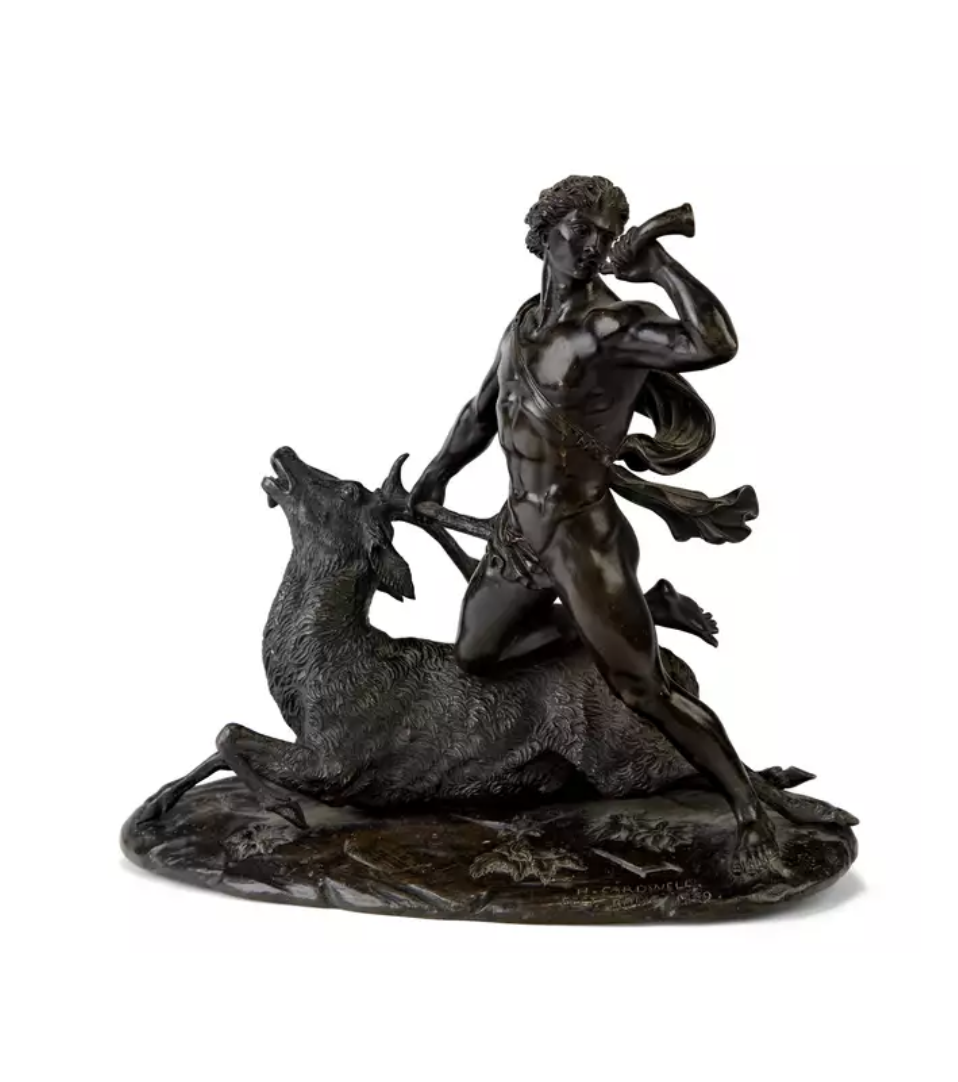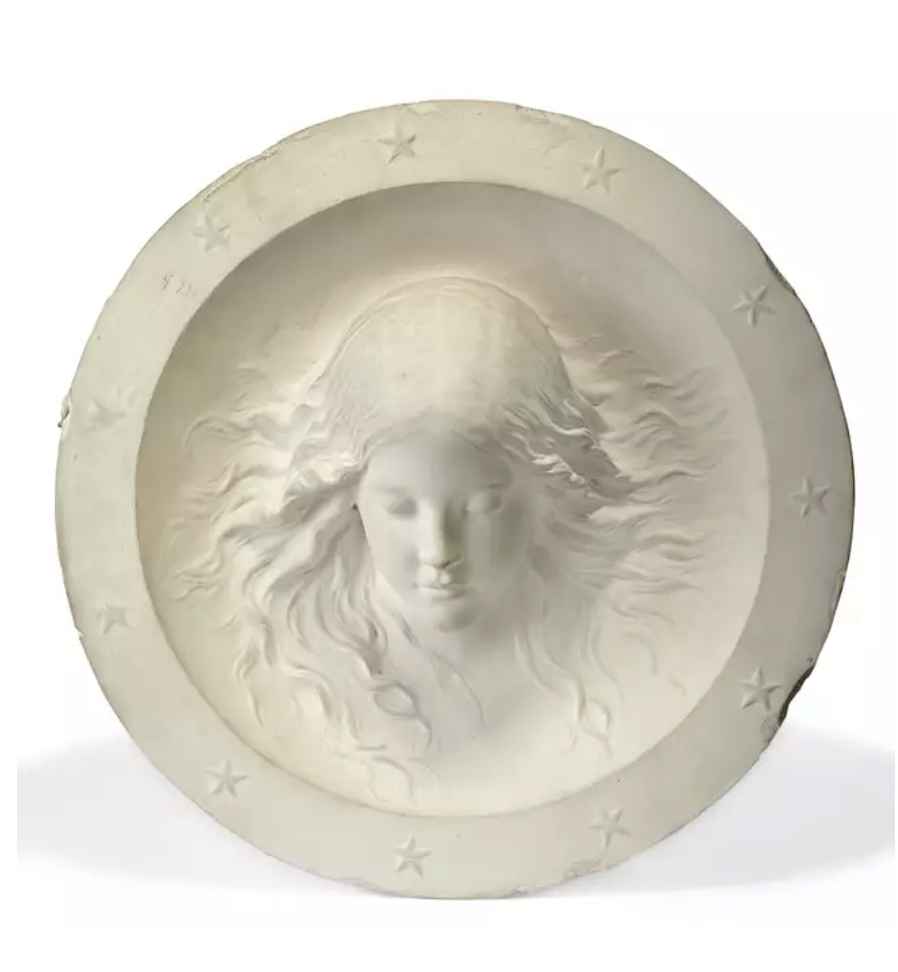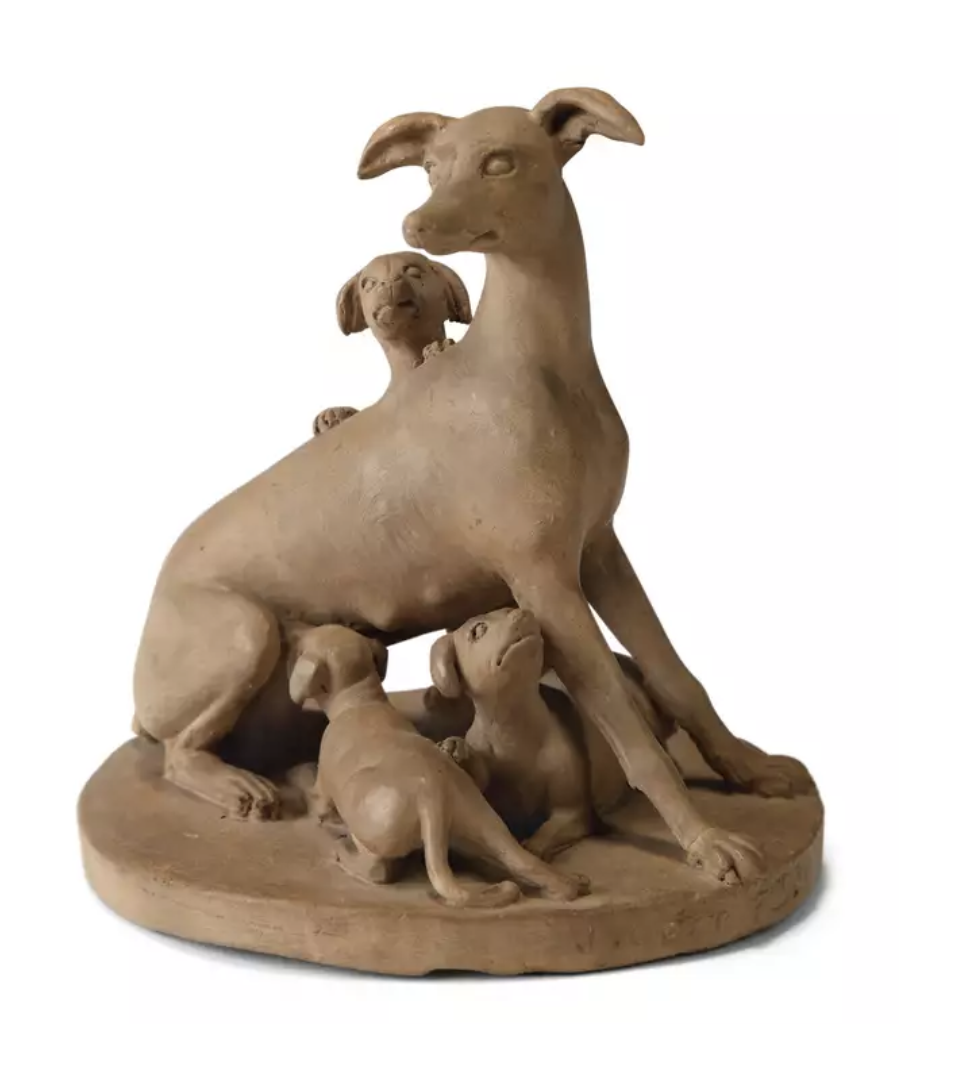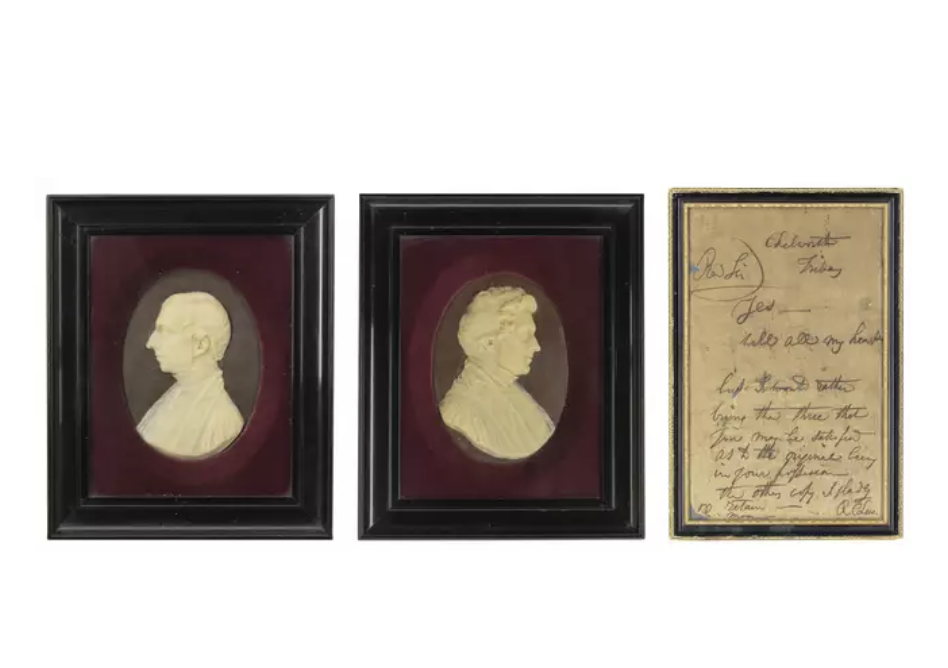The upcoming Fine & Decorative sale contains a large range of sculptures, from the 17th-20th century, across many different materials. Many sculptural techniques have remained in use unchanged from antiquity to the present day. Read on to find out more about the processes and materials used to create these beautiful works of art.
What is the difference between the techniques of carving, modelling, and casting?
Carving is the removal of material to reveal a form and can be contrasted with modelling, which is the addition of material to build a form. The most popular carving materials in European sculpture are marble, wood and ivory. The hand tools and techniques have changed little over centuries and essentially involve the application of force to a sharpened cutting edge.
Modelling is a method of manipulating a sculptural medium such as clay, plaster, terracotta, or wax to create a form. It involves the building up and shaping of a pliable material by hand or tools.
Lot 337: After Holme Cardwell, a bronze model of a huntsman and a stag,
possibly Hercules and the Ceryneian stag, dated 1859
A cast sculpture, usually made of bronze, such as lot 337, is made by pouring the molten metal into moulds, either by the lost wax method or by sand casting depending on the size and complexity of the sculpture.
Although plaster and clay sculptures are often built by modelling or casting, their surfaces can be carved once the material has begun to harden.
What is surface decoration?
Depending on the material, the surface is sometimes concealed by the addition of paint or gilding. Most European stone sculpture were originally decorated, and wood sculptures were often painted and gilded as well as incised and punched to give further texture. Marble sculptures tend not to be decorated so the natural surface can be polished which gives its own special quality.
The appearance of bronze sculpture can also vary depending on the alloy used and the surface treatment. Lacquers applied to the surface can produce a variety of colours and bronzes can also be gilded.
Five materials of sculpture
Bronze is an alloy of copper and tin which is reddish in colour, becoming whiter as more zinc is added. Although it can be cold-worked by hammering and chiselling, most three-dimensional sculpture is made by casting. The tensile strength of bronze allows for the creation of large, extended compositions without supports, such as a rearing horse on two legs. The lustre and durability of bronze also make it the preferred medium for small sculpture that is intended to be picked up and admired from many viewpoints.
Statuary marble, such as that from Carrara in Italy, is a fine-grained, nearly pure white marble which, when carved, gives a startling translucency. The popularity of white marble for European figural sculpture stems from Renaissance interest in archaeological finds of ancient Greek and Roman sculpture. It evokes associations with the artistic achievements of the ancient world.
Lot 313: Alexander Munro, a plaster portrait relief roundel of Agnes Gladstone,
Plaster is a relatively inexpensive, compared to many sculptural materials. It is fine-textured, easily mixed and quick-setting. It is ideal for making sculptures in moulds as it flows easily into voids and while setting expands slightly forcing the plaster into fine details of the mould. The flowing hair in lot 313 exemplifies these qualities.
Lot 316: Joseph Gott, a terracotta group of a seated greyhound with her three young pups,
Terracotta, translated as “baked clay”, is coarse-grained clay that has been fired at low temperatures and left unglazed. The colour varies from off-white to light brown or reddish orange. Terracotta sculptures are formed either by modelling or by casting in moulds and then fired. As it is inexpensive and the ease with which it can be modelled, terracotta was often used to create a preliminary maquette or sketch for works to executed in other more expensive materials. Lot 316 is a beautiful sculpture in its own right but was also made so the sculptor, Joseph Gott, could explore the composition before executing in marble.
Lot 333: Richard Cockle Lucas, two wax portrait reliefs,
Due to the translucency, the ease to which it can be coloured and its ability to record detail, wax was a suitable material for portraits as well as religious and mythological themes when a great degree of realism was desirable. Lot 333 displays the fine detail which can be achieved by carving portrait reliefs in wax.








